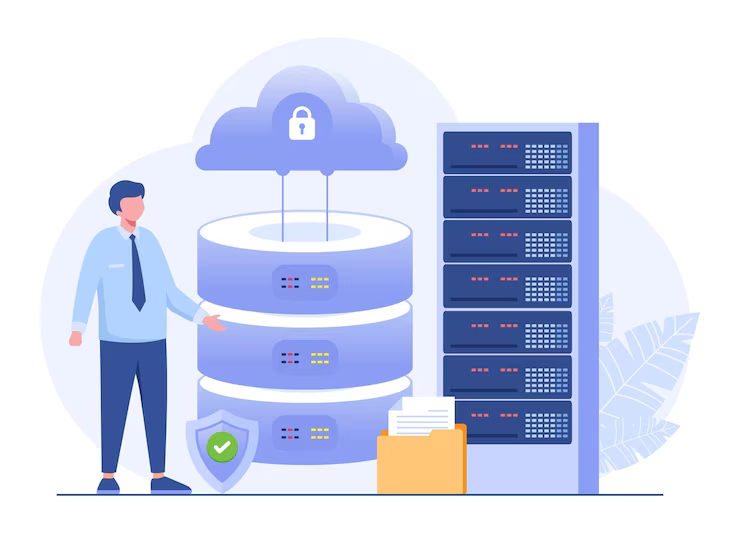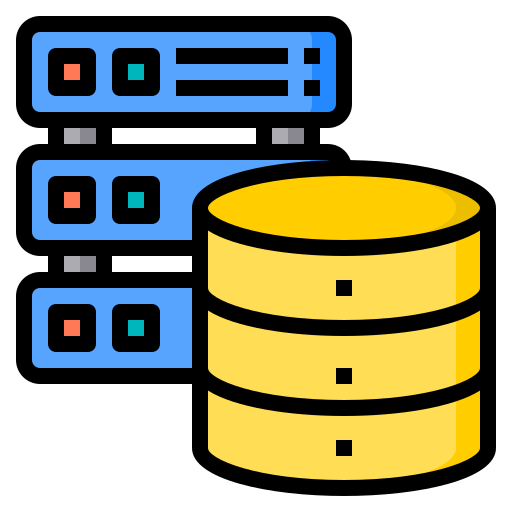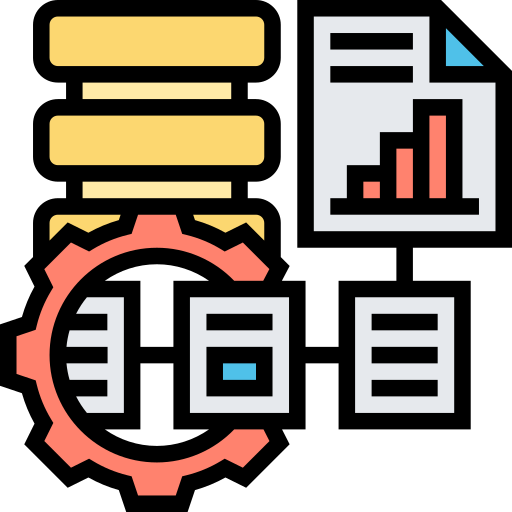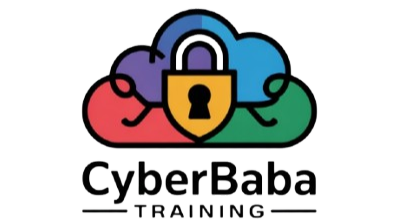Intro to Databases
Learn the fundamentals of databases, including how data is stored, organized, and managed in modern systems. This introductory module covers key concepts such as relational databases, tables, queries, and basic SQL commands. Students will gain practical experience in designing and interacting with databases, laying a strong foundation for data-driven applications and systems.

Introduction to Databases
Gain a foundational understanding of databases, from how data is organized and stored to how it is accessed and managed efficiently using database systems.

Database Concepts
Learn the core principles of databases, including tables, records, fields, keys, and relationships that structure how data is stored and linked.

Database Management Systems (DBMS)
Explore different types of DBMS like MySQL, Oracle, and MongoDB, and understand how they help manage, retrieve, and secure data effectively.

SQL and Data Queries
Understand the basics of Structured Query Language (SQL), including how to write queries to insert, update, delete, and retrieve data from databases.

Databases are essential for storing, organizing, and managing data in today’s digital world. This topic introduces the fundamental concepts of databases, including how data is structured in tables, the role of keys and relationships, and the importance of organizing information for efficient retrieval. You’ll gain insight into different types of Database Management Systems (DBMS) such as MySQL, Oracle, and MongoDB, which are used to handle large volumes of data securely and reliably.
Our Services – Introduction to Databases
Database Design & Modeling
Design efficient and scalable database structures tailored to your data needs. Use entity-relationship diagrams to map out data relationships, ensuring accuracy, performance, and integrity in your database systems.
Data Storage & Management
Store and manage structured data effectively using reliable database systems. Organize information into tables, enforce data consistency, and ensure easy retrieval through optimized storage practices.

Database Security
Secure your data from unauthorized access and breaches. Implement user authentication, access control, encryption, and backup strategies to protect sensitive information and maintain data privacy.
Querying & Reporting
Use SQL (Structured Query Language) to interact with your database. Perform tasks like searching, filtering, inserting, updating, and deleting data. Generate detailed reports to analyze trends and support decision-making.
Find Out Answers Here

A database is an organized collection of data that can be easily accessed, managed, and updated.
Common types include relational databases (like MySQL), NoSQL databases (like MongoDB), and cloud databases.
SQL (Structured Query Language) is used to manage and manipulate data in a relational database.
Databases store data in a structured way, allowing quick access, updates, and secure data management.
A primary key is a unique identifier for each record in a table, ensuring no duplicate data entries.







